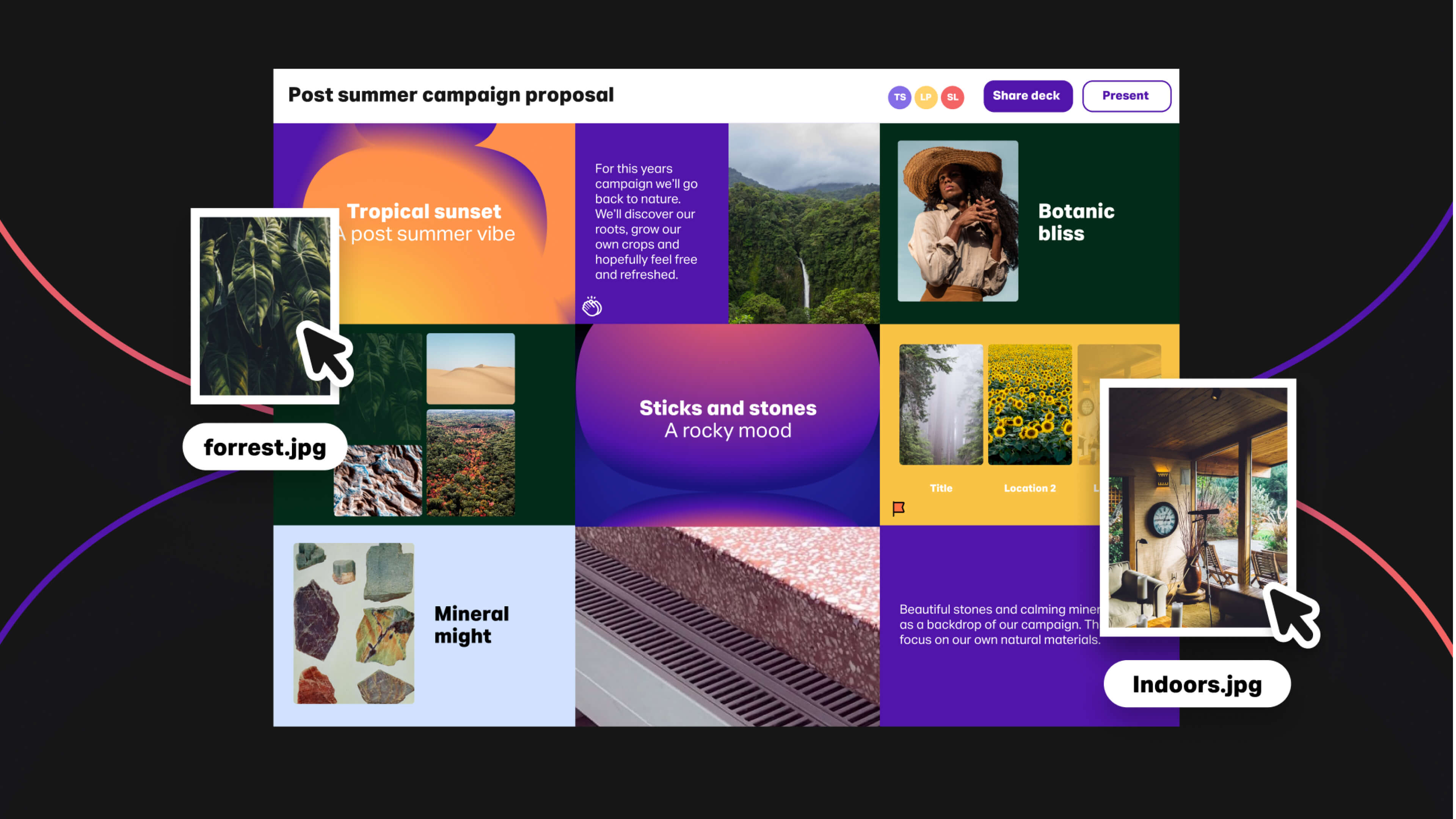Necessity is the mother of invention, as the saying goes. In the same way, Paste® was borne out of doubt—doubt around existing solutions for our bicoastal team. For years, the Paste and Paper® team worked across time zones, with offices in Seattle and New York. To work as if we were together, we needed a tool that would facilitate productive discussions, design reviews, and project planning. We needed a way to express our ideas visually and get on the same page quickly. We wanted it to look good, too.
So we tried every online tool.
Shared docs didn’t handle visuals well, shifting and displacing content when more than one person contributed.
Presentation tools suffered from endless formatting options and fussy templates.
Design tools were intimidating for non-designers to use.
Whiteboarding apps were tedious to format and the results were rarely ready to present.
Messaging tools like Slack, which we love, were great for communication, but we hated that ideas got lost in the stream.
As teammates who couldn't be in the same office, we missed having a dedicated space where we could gather our ideas and move big projects forward together, from kickoff to final presentation. There had to be a better way.
Inspired by the wall
In the old days (way before a pandemic sent many of us home to work), our product team prepared for reviews with slide printouts that we'd spread out on a table or pin to a wall. Alongside were whiteboard sketches, sticky notes, and other documents by designers and non-designers alike.
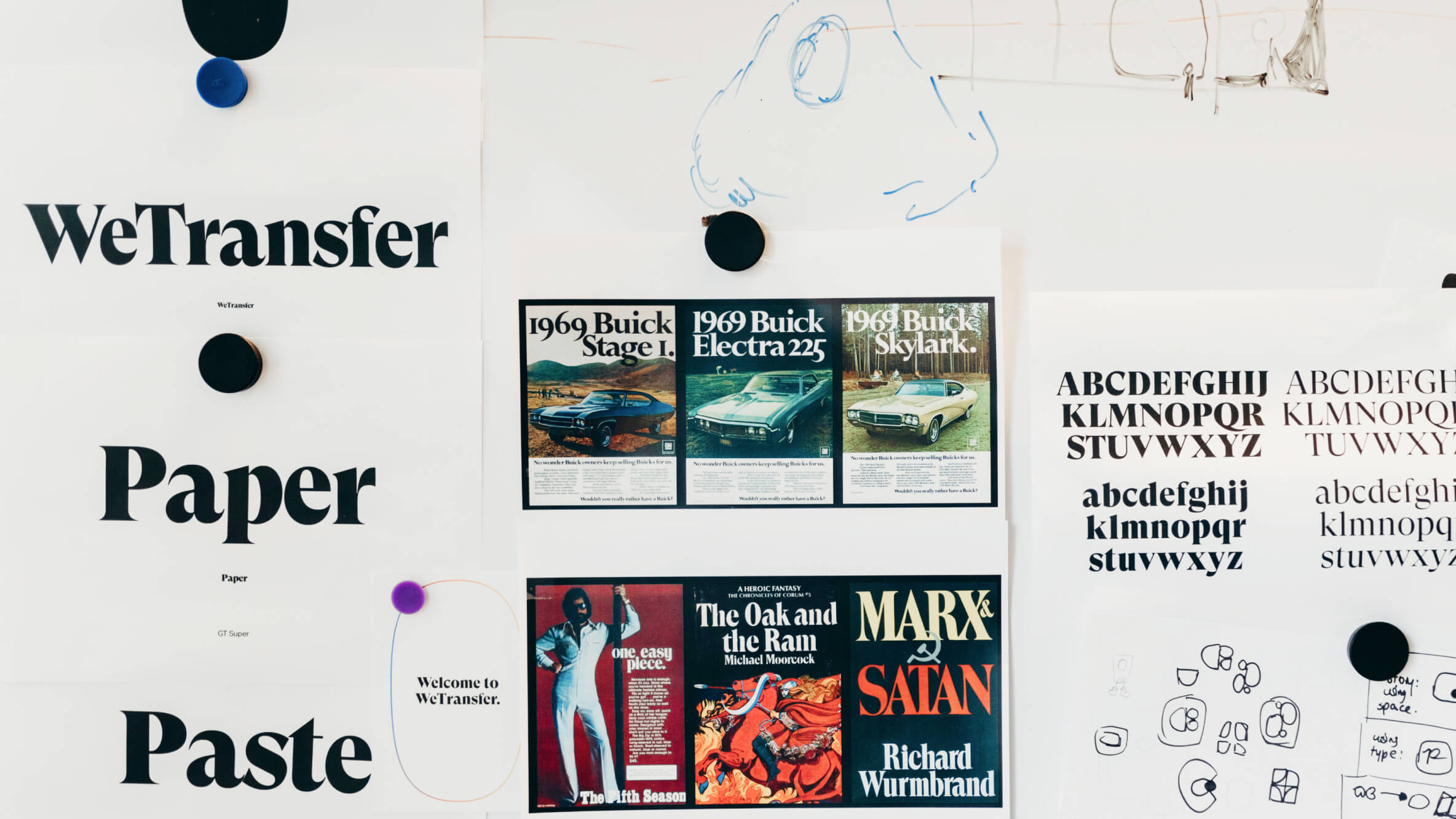
And we weren't alone. In a creative studio or designer's war room, as described by bestselling author Jake Knapp to Fast Company, the walls enable so much in the way of creative collaboration and management, from critique, discussion, decision-making to tracking progress. What requires a whole suite of digital tools today is simply accomplished by gathering around the humble, visual wall.
“When you capture every decision and put it on the wall, you don’t have to wonder if everyone is on the same page. The room is the page. The more you put on the walls, the more shared understanding you build.”
When we set out to make Paste, we weren’t looking to create a presentation tool, but rather to facilitate this way of working virtually. We spent months exploring various models for a new type of visual document that would let us collaborate as effortlessly as being in the same room together.

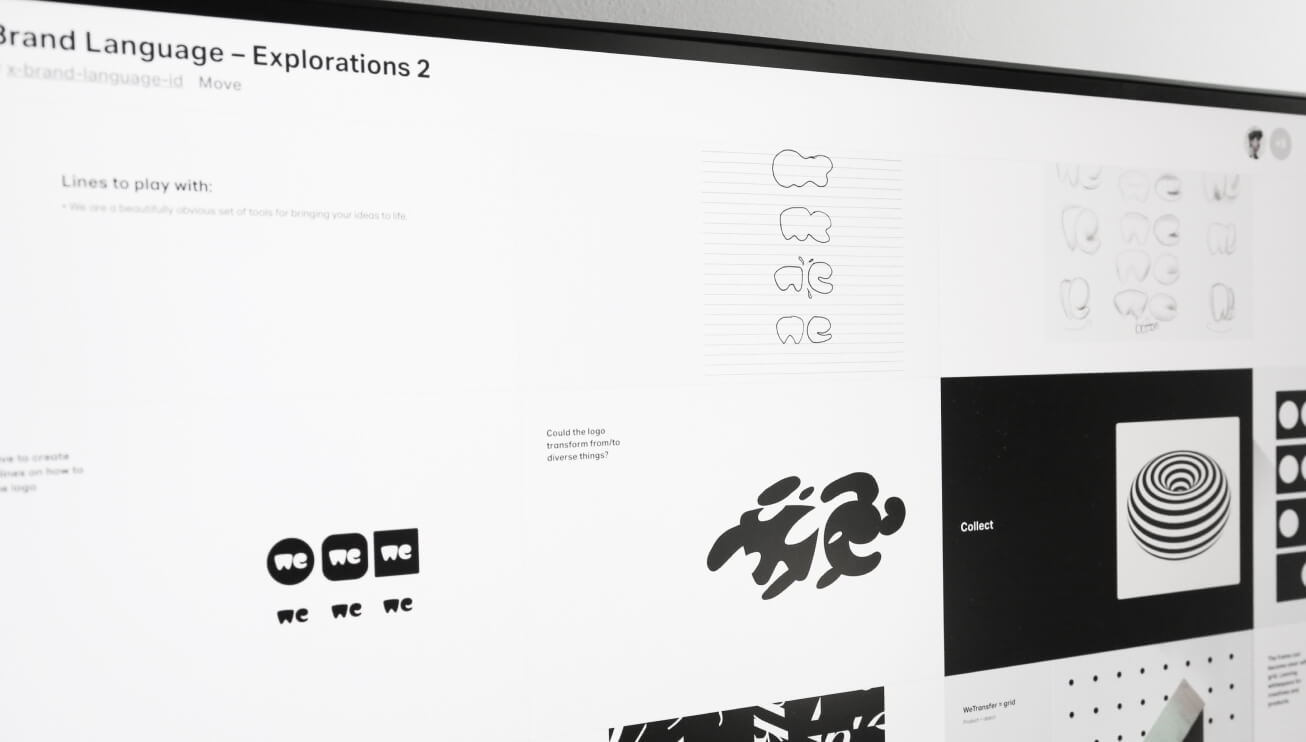
Today, just like the wall, Paste helps teams focus on what we call 'real work,' making them more collaborative, more connected, and better aligned so they can ultimately make better decisions.
The design of Paste was driven by four beliefs about creative collaboration:
Belief #1: Transparency enables connection
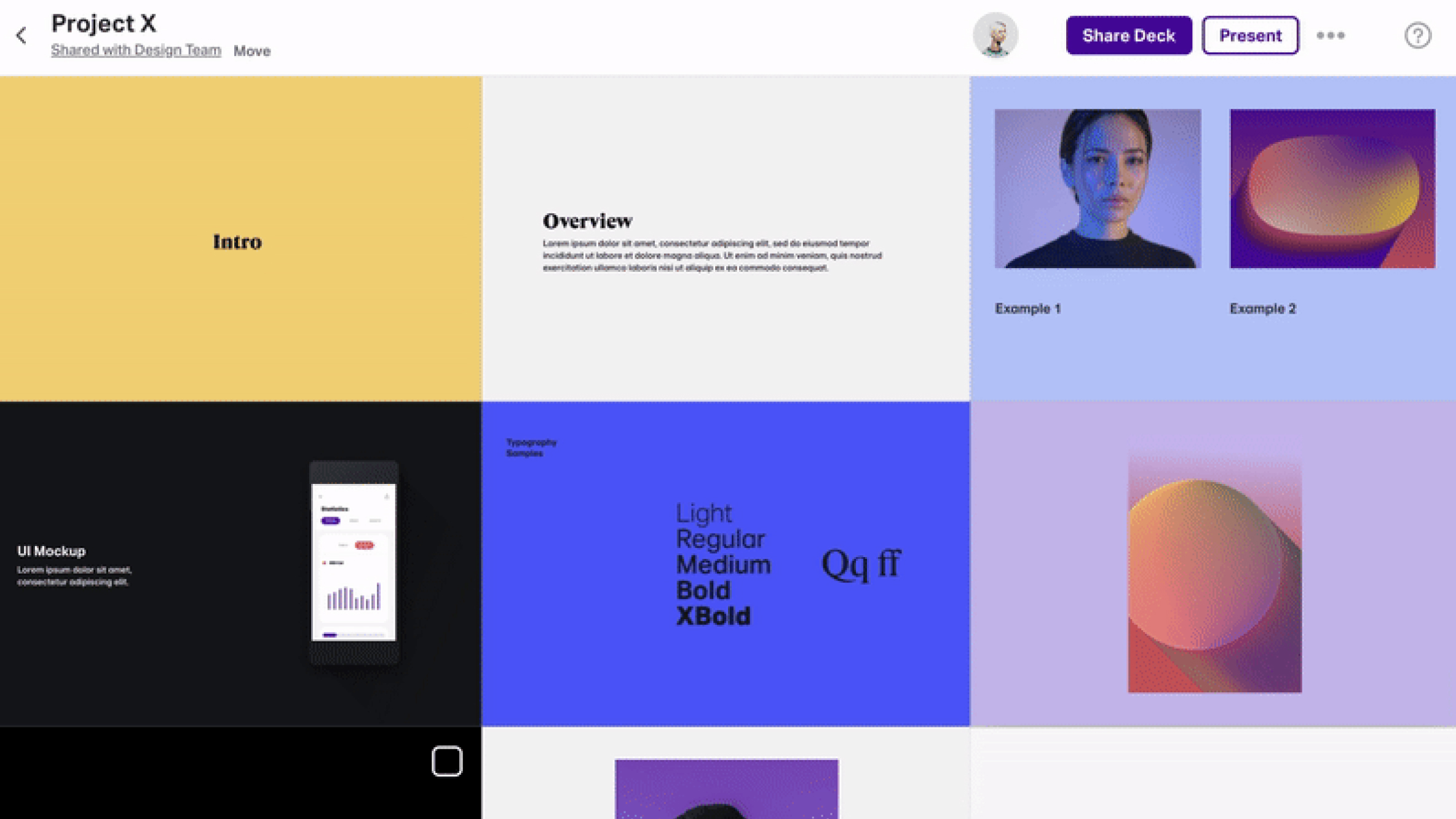
Collaborative by default. The main view of a Paste deck is the virtual wall. We call it Grid View and it provides the "big picture" transparency that enables connections between people and ideas.
Belief #2: People share ideas, not presentations
Get your ideas out with no time wasted. Unlike presentation tools that make you start with templates (which compels you to adapt your content to it), Paste lets your ideas lead and automatically formats along the way.
Belief #3: Beautiful design empowers people

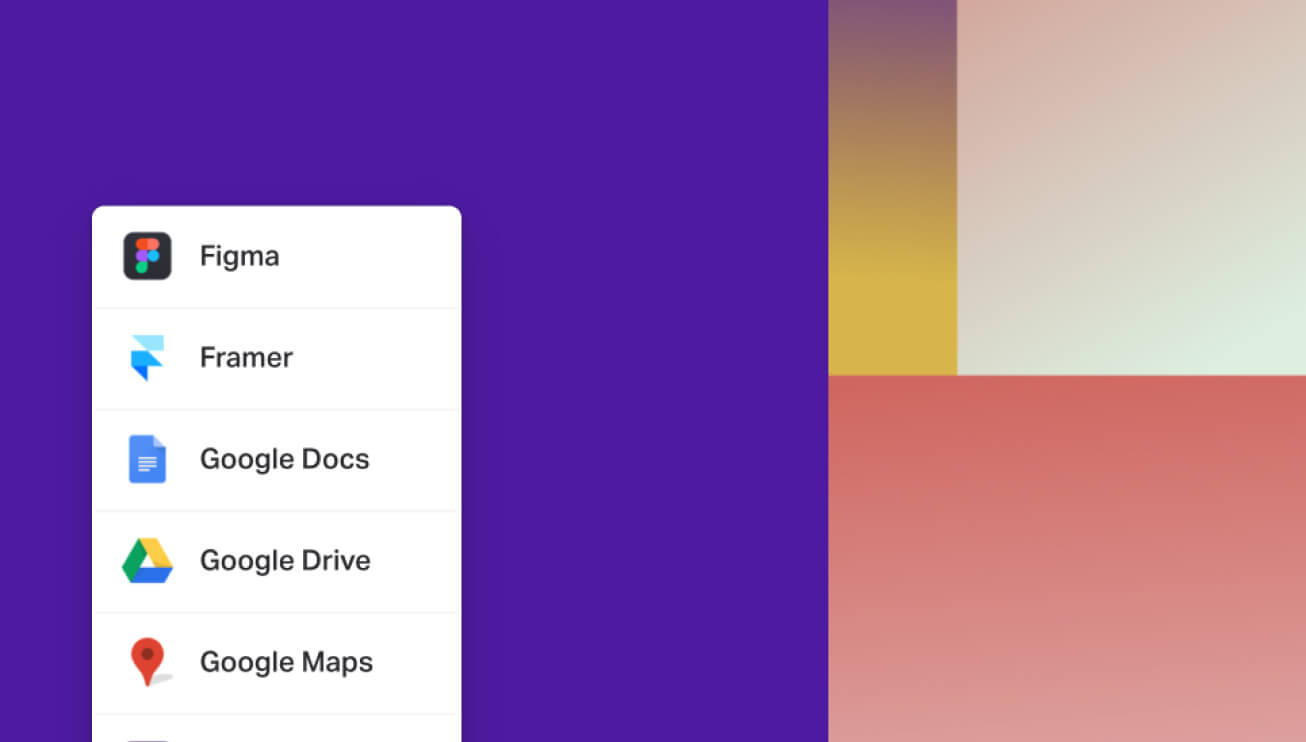
Always presentable. Paste's automatic formatting and Power Layouts give people the confidence to share their ideas and look good in the process.
Belief #4: Diversity fosters better ideas
Add anything. From videos to Figma, we wanted Paste to play well with a range of media and digital tools, so anyone can contribute ideas in the language they're most comfortable with.
“I can feel that the team has a really specific vision. Paste is a different paradigm of thinking compared to other presentation software that’s out there.”
The Wall for All
We wanted to make the process of ideating, defining, critiquing, and iterating accessible to everyone, not just individuals with the skills and time to make great-looking slides. With Paste, you don’t need different tools for reviewing, planning, and decision-making. Like walking by the wall in the office, it makes the work visible. Because when you have the wall, anyone can approach it and have a say. We just made it virtual with Paste.
Next time I'll share how we made Paste even more powerful and flexible with the Bento Layout System. (Or Bento for short.)
In the meantime, learn how Paste is transforming the way teams like Shopify work.
